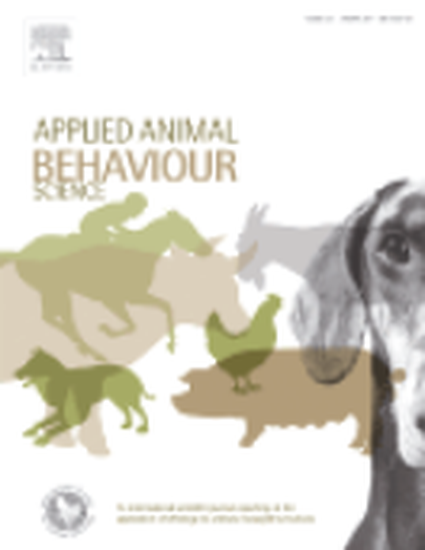
Article
Social and environmental factors influence cattle distribution on rangeland
Applied Animal Behaviour Science
(1998)
Abstract
We determined the cattle distribution patterns of dams (and foster dams) and their offspring while grazing a 1030 ha (about 3 km by 5 km) allotment during the summers of 1990–1993. Our primary objective in this 4-year field study was to determine whether yearling and adult offspring (and foster offspring) would return to the initial locations and associated habitat types that they were exposed to by their dams (or foster dams) early in life. We observed the dams' offspring for four consecutive summers (1990–1993) and the foster-dams' offspring for 3 consecutive summers (1991–1993). Cross-fostering was conducted to learn the relative importance of natural dams vs. foster dams as social models in influencing distribution patterns of offspring. Offspring were reared mostly in two different locations on the allotment by their dams or foster dams. Centroid analyses indicated that offspring in all 4 groups remained near the general location where they were reared as calves when they returned to the allotment as older animals (mean 0.5 to 1.2 km from dams' or foster dams' centroid). Peers apparently attenuated the dams' (and foster dams') influence on location and habitat use when offspring were yearlings. The effect of peers was manifested by an increase in distance from dams' or foster dams' centroid, and by a higher association index among yearlings, both of which reflected the collective experiences of offspring in the peer groups.
Disciplines
Publication Date
1998
DOI
https://doi.org/10.1016/S0168-1591(97)00054-3
Citation Information
Roger E. Banner. "Social and environmental factors influence cattle distribution on rangeland" Applied Animal Behaviour Science Vol. 55 Iss. 3-4 (1998) p. 231 - 244 Available at: http://works.bepress.com/roger_banner/59/
